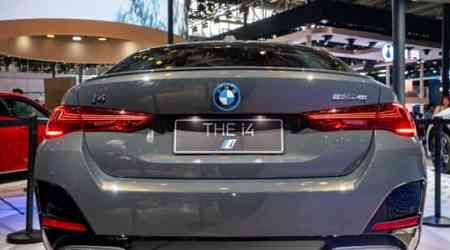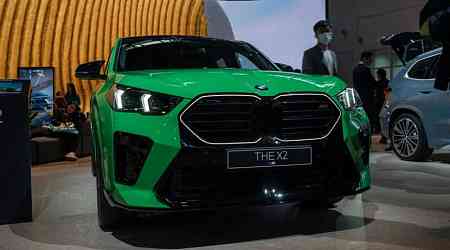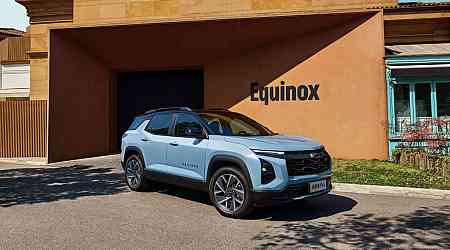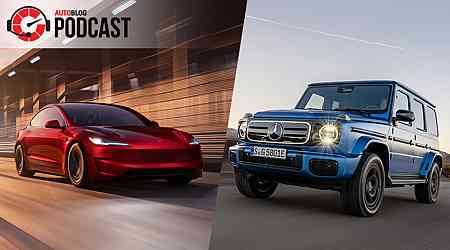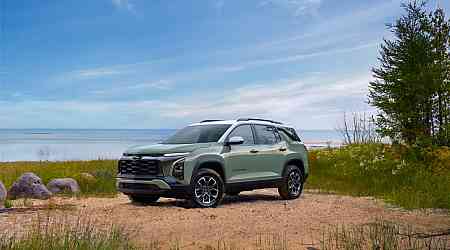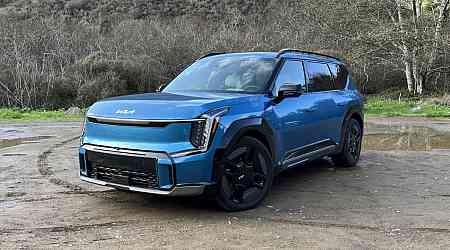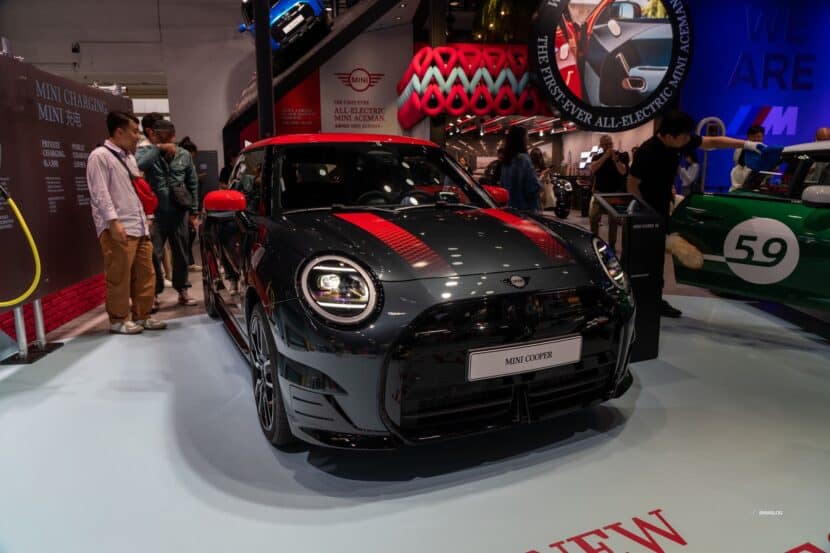'Smart mobility' relies on a complex web of connected technology – that's where EMQ is pioneeringBetter-connected transport comes with many challenges. But that’s where EMQ is changing the game
The city of the future. What does it look like, exactly? Most people probably envisage an immense eco-conscious metropolis, with lush sky gardens, sleek futuristic architecture and seamless sustainable transport.
But while the sci-fi buildings and hanging trees might seem a little pie in the sky right now, companies like EMQ are already pioneering advanced behind-the-scenes technology that’s helping to bring the city of tomorrow to the present day – and it’s all to do with smart mobility.
Download EMQ’s Smart Mobility report to learn more
What is smart mobility?
Smart mobility is a wide umbrella term that covers everything from e-scooters and trains to bike-sharing schemes and the cars we drive everyday. The smart mobility model relies on an intricate web of interconnected vehicles and infrastructure that can exchange data to make transportation more efficient, more sustainable, safer and, ultimately, more enjoyable.
By getting vehicles – of all shapes and sizes – and their surrounding infrastructure to talk to each other, intelligent transportation systems can use sensors, cameras and data analysis to monitor traffic conditions, manage congestion and provide real-time information to drivers and passengers to help reduce travel time and optimise routes.
This can enable innovations such as car-sharing, ride-sharing and bike-sharing schemes to reduce the number of vehicles on the road, or to make electrification work better through charging stations that talk to each other to reduce the strain on the grid during times of high demand. It can also enhance the move to safer autonomous self-driving technology.
The goal: a smart ‘multi-model’ system that creates a seamless web of connections between different types of transport, including public transport, cycling, walking, driving and other forms of shared mobility – reducing costs for users and creating a safer, more time-efficient and more sustainable lower-impact environment for everyone.
Learn about EMQ’s approach to Smart Mobility by downloading this report
What challenges does smart mobility face?
While this all sounds fantastically futuristic, smart mobility has many complex hurdles to jump before it becomes global reality; the most prominent of which being communication.
Every sensor, radar, traffic light, EV charger and vehicle that is part of a smart mobility ecosystem requires fast, reliable and scalable over-the-air messaging to integrate into the smart mobility framework. There are also issues concerning data privacy and security, as well as huge amounts of data management and analysis. Thankfully, EMQ’s latest innovation, EMQX, is helping to change the game for smart mobility.
Using advanced Message Queuing Telemetry Transport (MQTT) messaging protocols, EMQX acts as a scalable, reliable and secure broker, helping connected technology in the smart mobility ecosystem communicate as efficiently as possible.
And to help manage these connections, EMQ’s all-new one-stop management software, EMQX Edge Cloud Platform, allows smart mobility businesses to remotely monitor large-scale connected vehicle data bridges.
Download the report to learn more about EMQ’s MQTT Smart Mobility products
What is MQTT? And how can it enable smart mobility?
To explain MQTT, you need to understand the Internet of Vehicles. Like the Internet of Things, it basically connects cars and their sensors with the infrastructure that surrounds them – including other cars – so they can share data and communicate more efficiently with each other to enable smart mobility on a larger and more seamless scale.
For years, MQTT has been the de facto messaging protocol, effectively acting as a server between these devices and ensuring that the correct messages are sent to the correct devices at the correct time. MQTT has been the preferred messaging protocol because it offers lightweight messaging for fast delivery and reliable control with advanced fault-tolerance to ensure data reaches its intended target.
The core perks of MQTT messaging – security, reliability, speed, scalability and total cloud integration – make it the perfect messaging protocol to take smart mobility to new heights, and help businesses achieve better connections between their products than ever before.
Download the report to learn how EMQ’s Smart Mobility products can help you
How is EMQ taking MQTT to the next level?
Now we’ve established what MQTT messaging is, it’s time to look at how EMQ’s latest product – EMQX – is transforming the Internet of Vehicles landscape for even faster, more reliable and even more secure connections.
Quick UDP Internet Connections (QUIC) is a new message transport designed to work with and enhance existing MQTT server protocols. This is called ‘MQTT over QUIC’. In short, QUIC technology is implemented with less connection overhead, lower message latency, and better and more modern algorithms that are better for dealing with network switches, data congestion, data loss and other challenges faced by MQTT server.
‘MQTT over QUIC’ technology also benefits from a wide range of improved capabilities such as higher connection stability for better reliability, better overall performance, greater efficiency in reconnection and a more flexible architecture, resulting in faster and more reliable connections.
Finally, ‘MQTT over QUIC’ uses end-to-end encryption as standard, making connections and messaging even more secure. Additional features like message prioritisation are also in development for ‘MQTT over QUIC’ protocols.
As of now, EMQ is the only MQTT broker that can support enhanced ‘MQTT over QUIC’ technology. This is why, with more than 500 customers – including an enormous partnership with SAIC Volkswagen that already counts for millions of connected vehicles – EMQX (and the all-new EMQX Edge Cloud Platform system) offer the number one MQTT platform for Internet of Vehicles and is helping to pave the way for smart mobility.
Download the report to learn how EMQ’s Smart Mobility products can help you




















